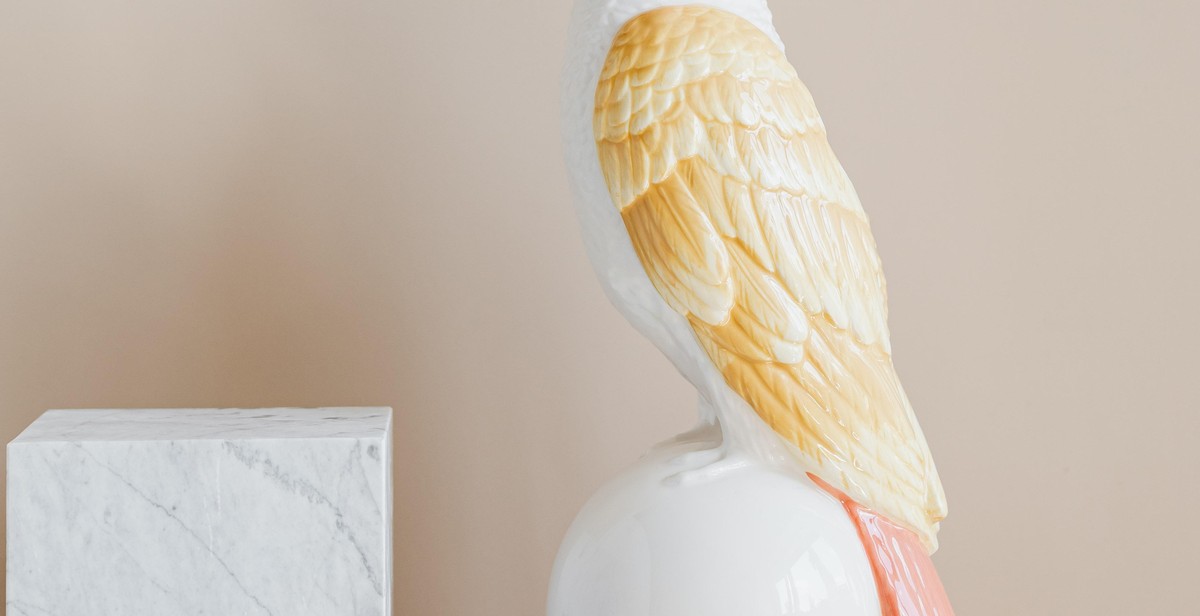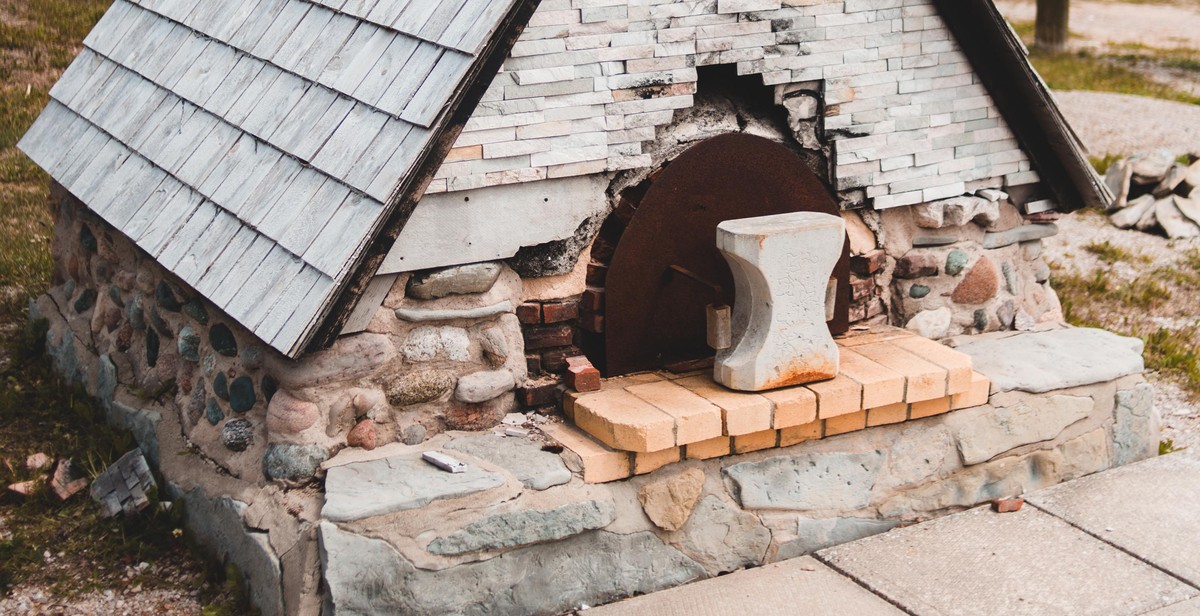Introduction: How to Choose the Right Pizza Stone for Perfect Crust Crispiness and Flavor
Pizza is one of the most popular foods worldwide, and it’s no surprise that many people want to make their pizza at home. However, achieving the perfect pizza crust can be challenging, especially if you’re using a traditional oven. The solution? A pizza stone.
A pizza stone is a flat, round or rectangular slab of natural stone or ceramic that helps distribute heat evenly and absorb moisture from the pizza dough. This results in a crispy, golden crust that is full of flavor and texture. But with so many pizza stone options on the market, it can be challenging to choose the right one for your needs.
Why a Pizza Stone is Important
A pizza stone is essential for achieving that perfect, crispy pizza crust. It helps distribute heat evenly, resulting in a crust that is crispy on the outside and chewy on the inside. Additionally, a pizza stone can absorb moisture from the pizza dough, preventing a soggy crust and ensuring that the pizza cooks evenly.
Choosing the right pizza stone can be a daunting task, but with a little knowledge and research, you can find the perfect one for your needs. In this article, we’ll take a closer look at the different types of pizza stones available, their pros and cons, and how to choose the right one for your oven and cooking style.

Types of Pizza Stones
Choosing the right pizza stone can make all the difference in the quality of your pizza. Here are the three most common types of pizza stones:
Ceramic Pizza Stones
Ceramic pizza stones are a popular choice among pizza enthusiasts. They are made from natural clay and can be glazed or unglazed. Ceramic stones are great at absorbing moisture, which helps create a crispy crust. They also distribute heat evenly, ensuring that your pizza cooks evenly. Ceramic stones are generally affordable and easy to find, making them a great option for home pizza makers.
Cordierite Pizza Stones
Cordierite pizza stones are made from a type of mineral that can withstand extremely high temperatures. This makes them an ideal choice for those who like to cook their pizzas at very high temperatures. Cordierite stones are also great at distributing heat evenly, which helps create a crispy crust. They are typically more expensive than ceramic stones but are durable and long-lasting.
Steel Pizza Stones
Steel pizza stones are a newer option on the market and have gained popularity in recent years. They are made from steel and are great at absorbing and distributing heat. Steel stones can reach high temperatures quickly, making them a great option for those who want to cook their pizzas quickly. They are also durable and long-lasting. However, steel stones can be more expensive than ceramic or cordierite stones.
| Type | Pros | Cons |
|---|---|---|
| Ceramic | Affordable, easy to find, great at absorbing moisture and distributing heat evenly | Can crack if not handled carefully |
| Cordierite | Durable, can withstand high temperatures, great at distributing heat evenly | More expensive than ceramic stones |
| Steel | Quickly heats up, durable and long-lasting | More expensive than ceramic or cordierite stones |

Factors to Consider When Choosing a Pizza Stone
Choosing the right pizza stone can make a big difference in the quality of your homemade pizza. Here are some factors to consider when selecting a pizza stone:
1. Size and Shape
The size and shape of your pizza stone should match the size of your oven and the type of pizza you plan to make. If you have a large oven and want to make bigger pizzas, a larger stone is recommended. If you prefer smaller pizzas, a smaller stone will suffice. The shape of the stone can also affect the shape of your pizza. A round stone will produce a round pizza, while a rectangular stone will produce a rectangular pizza.
2. Material
Pizza stones can be made from a variety of materials, including ceramic, cordierite, and clay. Each material has its own unique properties and can affect the taste and texture of your pizza. Ceramic stones are popular because they are durable and retain heat well. Cordierite stones are known for their ability to withstand high temperatures without cracking. Clay stones are porous and can absorb moisture from the dough, resulting in a crispy crust.
3. Thickness
The thickness of your pizza stone can affect how evenly it distributes heat. Thicker stones tend to retain heat better and produce a more evenly cooked pizza. However, thicker stones can also take longer to heat up, which can extend the cooking time of your pizza.
4. Porosity
The porosity of your pizza stone can affect the crispiness of your crust. A more porous stone will absorb moisture from the dough, resulting in a crispier crust. However, if the stone is too porous, it can also absorb too much moisture and make the crust soggy. It’s important to find a balance between porosity and moisture absorption.
5. Heat Retention and Transfer
The heat retention and transfer of your pizza stone can affect how quickly and evenly your pizza cooks. Stones that retain heat well will cook your pizza faster and more evenly. Stones that transfer heat well will help create a crispy crust. Look for stones that have a good balance of heat retention and transfer.
| Factor | Recommendation |
|---|---|
| Size and Shape | Choose a stone that matches the size of your oven and the type of pizza you plan to make. |
| Material | Consider the unique properties of each material, including durability, heat retention, and moisture absorption. |
| Thickness | Find a balance between thickness and heat distribution. |
| Porosity | Look for a stone that has a good balance of porosity and moisture absorption. |
| Heat Retention and Transfer | Choose a stone that has a good balance of heat retention and transfer for even cooking and a crispy crust. |

How to Use a Pizza Stone
Using a pizza stone is a great way to achieve a crispy crust and evenly cooked pizza. Here are the steps to follow:
1. Preheat the Stone
It is important to preheat your pizza stone before using it. This will ensure that the stone is hot enough to cook the pizza properly. Preheat your oven to the desired temperature with the pizza stone inside for at least 30 minutes. This will allow the stone to heat up evenly.
2. Flour the Stone
Before placing your pizza on the stone, sprinkle some flour on it. This will prevent the dough from sticking to the stone and make it easier to slide the pizza onto the stone. You can also use cornmeal instead of flour to add some extra texture to the crust.
3. Transfer the Pizza to the Stone
Once the stone is preheated, carefully remove it from the oven using oven mitts or gloves. Place your pizza dough onto the stone using a pizza peel or a flat surface like a cutting board. Make sure to position the pizza in the center of the stone for even cooking.
4. Monitor the Pizza
It is important to keep an eye on your pizza while it cooks. Depending on the thickness of the crust and the toppings, the cooking time may vary. Most pizzas will take between 8-12 minutes to cook on a pizza stone. Keep an eye on the crust and remove the pizza from the oven when it is golden brown and the cheese is melted.
Using a pizza stone can take your homemade pizza to the next level. Follow these simple steps and enjoy a delicious, crispy crust pizza every time.

Maintenance and Cleaning
Proper maintenance and cleaning of your pizza stone are essential to ensure its longevity and optimal performance. Here are some tips on how to clean and maintain your pizza stone:
1. Let the Stone Cool
After using your pizza stone, allow it to cool down completely before cleaning. This will prevent the stone from cracking due to sudden temperature changes.
2. Scrape off Debris
Using a scraper or spatula, remove any food debris or burnt residue from the surface of the stone. Be gentle and avoid using any sharp or abrasive tools that could damage the stone.
3. Wipe with a Damp Cloth
Moisten a clean, soft cloth with warm water and gently wipe the surface of the stone to remove any remaining debris. Avoid using soap or detergent as it can seep into the pores of the stone and affect its performance.
4. Dry the Stone
Once you have cleaned the stone, allow it to air dry completely before storing it. Avoid using any heat source or towel to dry the stone as it can cause it to crack or absorb moisture.
By following these simple steps, you can ensure that your pizza stone remains in optimal condition and delivers delicious, crispy pizzas every time you use it.

Conclusion
Choosing the right pizza stone for your kitchen can make all the difference when it comes to achieving the perfect crust crispiness and flavor. By taking into consideration factors such as material, size, and thickness, you can find the ideal pizza stone that meets your needs and budget.
Remember that a pizza stone is an investment, and with proper care, it can last for many years. Always follow the manufacturer’s instructions for cleaning and maintenance, and avoid using harsh chemicals that can damage the stone.
Whether you prefer a classic thin crust or a deep-dish style pizza, the right pizza stone can help you achieve the perfect texture and flavor. Experiment with different toppings and cooking methods to find your favorite combination.
Enjoy Your Perfect Pizza
With the right pizza stone, you can create delicious homemade pizzas that rival those from your favorite pizzeria. By preheating the stone and using the proper cooking techniques, you can achieve a crispy, golden-brown crust that is full of flavor.
Investing in a high-quality pizza stone is a small price to pay for the satisfaction of enjoying a perfect pizza in the comfort of your own home. So, go ahead and start experimenting with different recipes and toppings to create your own signature pizza.
| Material | Pros | Cons |
| Ceramic | Distributes heat evenly, absorbs moisture, and provides a crispy crust | May crack or break if not handled carefully |
| Cordierite | Can withstand high temperatures, distributes heat evenly, and provides a crispy crust | May be more expensive than other materials |
| Cast Iron | Retains heat well, provides a crispy crust, and can be used on a stovetop or grill | May be heavy and difficult to handle, may require seasoning before use |
Remember to choose a pizza stone that is compatible with your oven or grill, and always follow the manufacturer’s instructions for best results. With a little practice and experimentation, you can create delicious homemade pizzas that will impress your family and friends.
